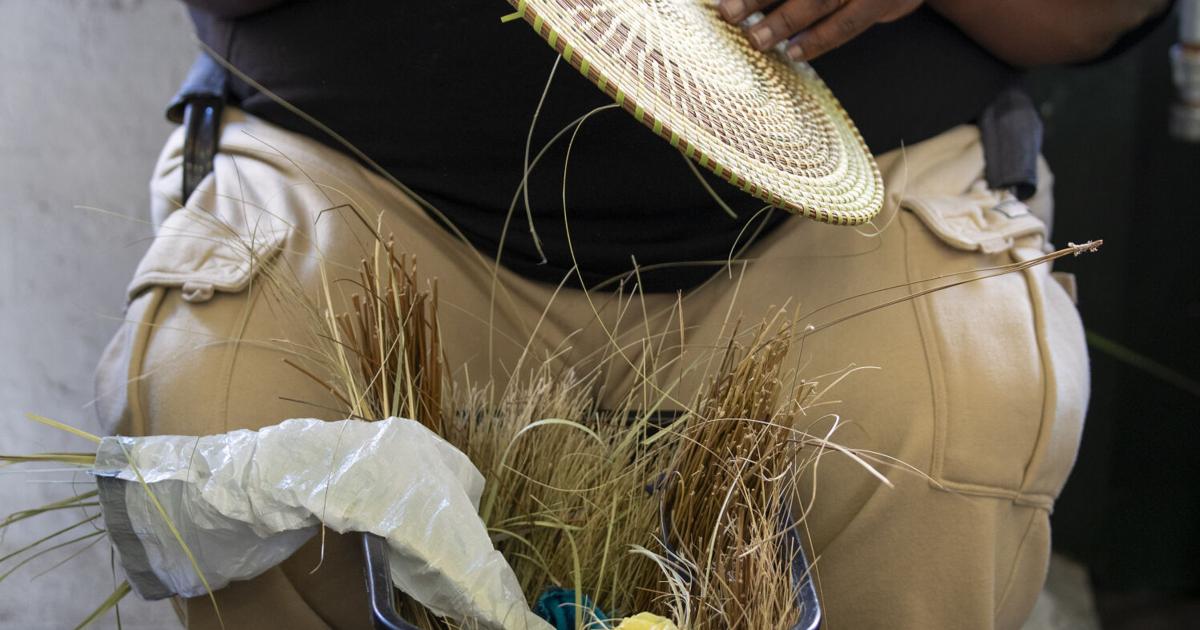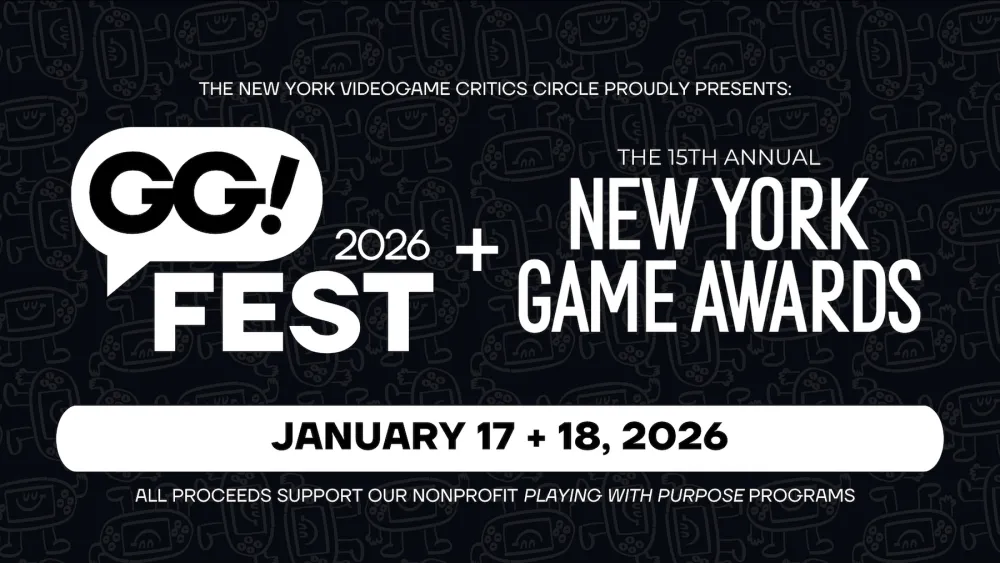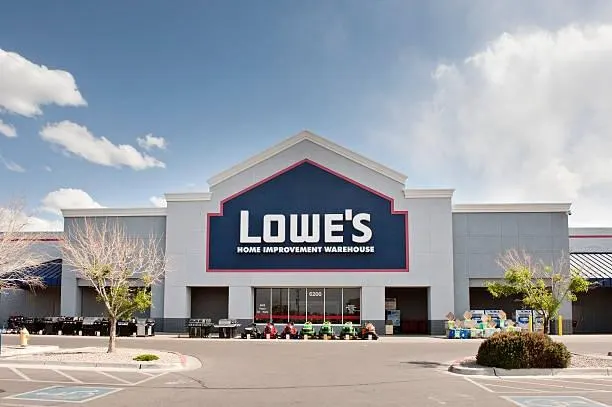Copyright Charleston Post and Courier

COLUMBIA — The traditional way to weave a sweetgrass basket is to sit it on your lap. Corey Alston’s latest creation is going to be so big he had to commission a woodsmith to build a cradle that’s several feet wide and deep. “It's so big I can't make it the way it's supposed to be made,” Alston said, adding “I need it to be structurally sound. I don't need to be bending the walls while I'm trying to make the piece.” The South Carolina State Museum commissioned the fifth-generation sweetgrass basket maker to create the piece, named “Big Percy,” earlier this year. The one-of-a-kind acquisition will be given to the museum Feb. 14, 2026. Its ambitious design has meant Alston has had to innovate a centuries-old process. Hence, the cradle. For Ramon Jackson, cultural history curator at the State Museum, commissioning this works highlights the continual innovation of sweetgrass basket makers and allows the museum to educate the public that the Gullah tradition is a South Carolina tradition. “He's a really important voice for his community,” Jackson said of Alston. “And that makes him an important voice for us in South Carolina. And so without his story, our collection is incomplete and it's inadequate.” The making of ‘Big Percy’ This commission allows Alston to create something he’s never done before, but it’s “bigger than the art” for the Mount Pleasant native. He wants to create a piece that will last 100 years, that visitors to the state’s largest museum can see long after he’s gone. It’s about “legacy, the lingering conversation, the honor of children's children, to be able to say that my father, grandfather, has a piece that's been there for XYZ years,” he told Free Times. “That's huge.” During one of his first meetings with museum staff, Alston asked how big they wanted his piece, which is a one-year project. “And we pointed to that,” said Jackson, referencing a photo of plastic packaging that was in a storage area the two men were in. The plastic tube resembles a tall, extremely portly child. Alston took a photo for reference, and said "Big Percy” will be no smaller than five feet tall and four feet wide. That’s all the artist will commit to right now. His pieces speak to him as he practices an art form that’s been in family for more than 300 years. “I don't want to get ahead of myself with it,” he said. “It will be the baddest piece that we all have seen. But other than that … I don't want to say it's gonna have a rainbow handle (or) it has a traditional handle.” Bridging history with the contemporary In addition to working on private and museum commissions (he has pieces in the Smithsonian’s Renwick Gallery and has created jewelry with his wife worn by a Supreme Court Justice) Alston runs his family’s Charleston City Market storefront. He credits the women of his family and Gullah Geechee community for keeping sweetgrass basket weaving alive, a tradition that enslaved peoples brought over from West Africa and replicated with native plants in the S.C. Lowcountry, including sweetgrass, bulrush, palmetto fronds and pine needles. “We're using a grass that was found here around the … 1600s and that's the grasses that we're using now,” Alston said. “Me, as a man basket maker, it allows me to feel like I'm in a true place of the culture, as men were the original weavers in West Africa before being enslaved.” Alston is using bulrush, palmetto and sweetgrass for “Big Percy” (pine needles won’t last the decades he plans for the work to be on display) and harvests them from sites around the Charleston area, including the International African American Museum’s property and lands the Kiawah Conservancy protects and plants specifically for sweetgrass. The artworks Alston creates are large and intricate, with complex handle systems and fluid decorative add-ons that come to Alston instinctually as he weaves. “Big Momma,” which was acquired by the Smithsonian, is a functional basket replete with curving decorations and swooping handles. “Big Percy” is Alston’s biggest undertaking yet, requiring careful consideration for the piece’s longevity and structural integrity. He said he competes against himself, but he wants to ensure that Percy’s final form is something that can’t be replicated — or surpassed — for years to come. It will be “the largest, the most elaborate piece of my career,” he said. For the museum, commissioning a piece that merges contemporary artistic innovation with a centuries-old tradition is vital, Jackson said. “We want to begin thinking about the relationship between the historical and the contemporary in different ways, right?” Jackson explained. “But in the case of Corey, when we create our collecting plans, we want to make sure that our collection is as comprehensive and and relevant as it possibly can be, and that's not possible without an artist like him.” The museum owns “dozens” of sweetgrass baskets and other items, Jackson said, dating back to the late-19th century. “We've got a variety of artists represented that have done this kind of basketry, but no one like Corey,” Jackson said. “Corey's basketry is unique. You're not going to find folks who can make these very large artistic, structurally sound baskets like he can.”

![Puzzle Quest: Immortal Edition review [SideQuesting]](https://d2731bbzmt3wpb.cloudfront.net/news/image/us-west-2:25d97050-7aa7-43a6-a623-8fb02e6af97e/20251021/703eea16d496443b9c0d3c32a09562b4.jpg)

